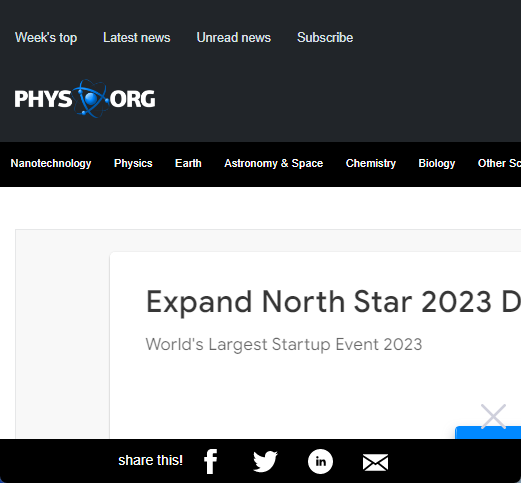The technology can produce more than 100 microrobots medical per minute, which can be disintegrated within the body.
Daegu Gyeongbuk Institute of Science & Technology, Daegu (DGIST) President Yang Kook’s team of Professor Hongsoo Choi’s Department of Robotics and Mechatronics Engineering worked with Professor Sung Won Kim’s group at Seoul St. Mary’s Hospital at the Catholic University of Korea and Professor Bradley J. Nelson’s ETH Zurich team to develop a new technology that produces over 100 microrobots a minute, which can be disintegr
Microrobots that are designed to deliver targeted precision therapy with minimally invasive techniques can be made in a variety of ways. The most popular is an ultra-fine 3D-printing technology called the two-photon method. This method triggers polymerization when two lasers are intersected in synthetic resin. This technology produces structures with nanometer precision. A disadvantage is that it takes a long time to produce a microrobot because the voxels (the pixels created by 3D printing) must be treated successively. The magnetic nanoparticles in the robot may also block the path of light during the two photon polymerization. The process results may not be uniform if you use magnetic nanoparticles in high concentration.
The DGIST Professor Hongsoo Choi and his research team have developed a way to produce microrobots with a high rate of 100 microrobots per minute. They do this by introducing a mixture consisting of biodegradable gelatin methacrylate and magnetic nanoparticles into a microfluidic chips. This method is 10,000 times faster than the two-photon polymerization technique currently used to make microrobots.
Source:
https://phys.org/news/2022-09-technology-medical-microrobots-minute-disintegrated.html

Leave a Reply